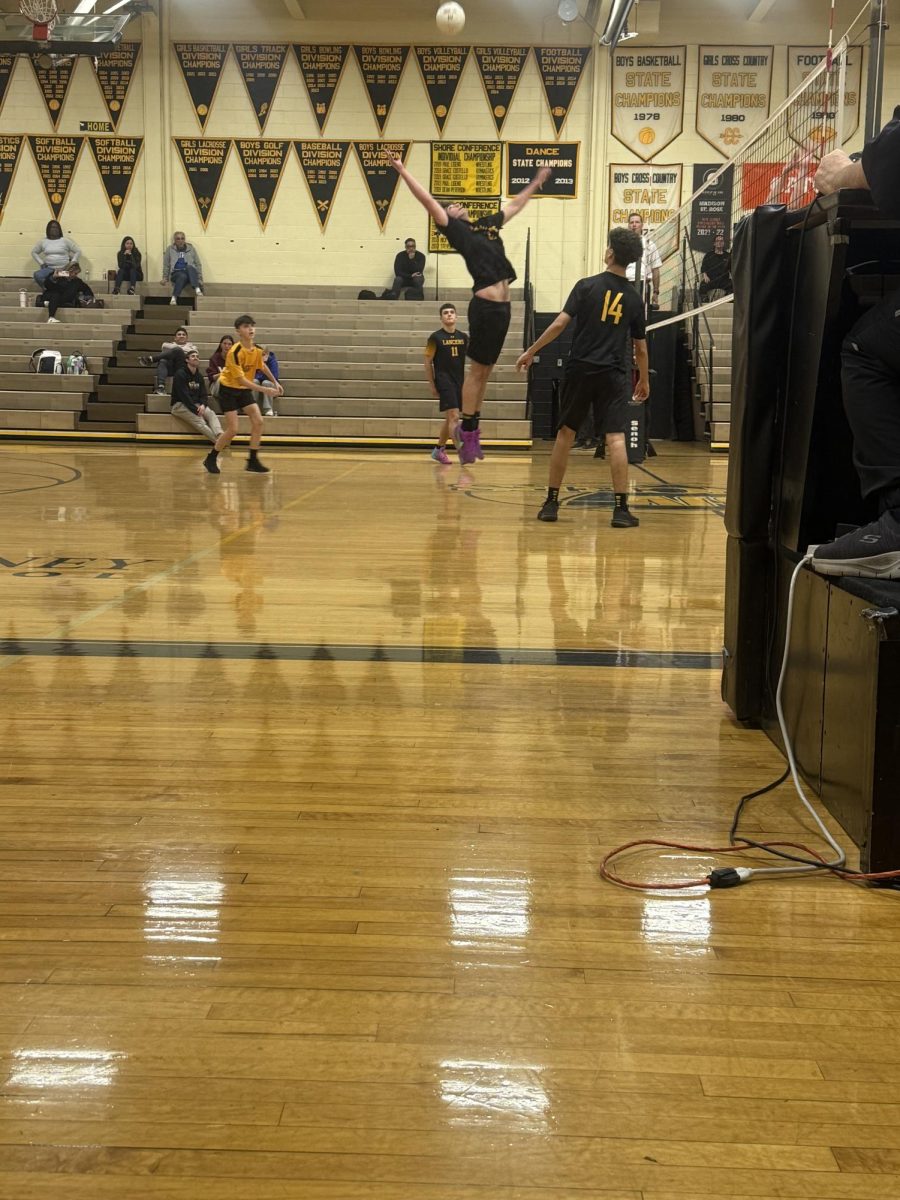A High School Student’s Guide to College Applications
December 1, 2016
If you’re reading this right now, you are probably an incoming junior or senior having quite the meltdown about that one big, scary, two-syllable word. Just hearing that word from a friend or relative can send shivers down your spine. Yes, I’m talking about Dun Dun Dun “COLLEGE.” For most of you, that might bring a big sigh or a tightness in your chest. Well, don’t worry. I was in your position not too long ago, and as I go through my own college application process, I’m going to give you all the nitty, gritty details of what lies ahead. So sit back, relax, and enjoy my detailed (and witty, if I do say myself,) analysis of the college application process.
To start, take a deep breath. We will start off with a little easy, simple question: What are you looking for in a college? This might seem like a big question, but you already have the answer somewhere in your mind. Now, it doesn’t have to be a complex and formally typed essay, but just keep in mind the little things, such as: big or small, city or suburbs, sports or no sports, coed or single-gendered, etc.
Once you answer this question, you can start to find schools that match your answer (Naviance, Google, the Princeton Review, and College Confidential will become your BFF’s). Once you start compiling a list of those bad boys (or girls), then get ready for the road trips! Bring mom and pop and start planning visits to these colleges to really see what they are all about in person. Open houses are a great visit opportunity. If you can’t find the time or money to hop on over to campus, then have no fear! A majority of colleges host a virtual tour of their campus, which you can take for free, that give you a decent idea of what your future school may look like. Spend this time with your family, and don’t forget to discuss your thoughts on each college. Just talking about it with those around you can actually help you understand which colleges you truly like, and which ones you feel indifferent (or “meh”) about.
Once you narrow, or maybe even add those colleges to, your beloved collection of possibilities, another good suggestion is to sign up for college assistance websites, such as niche.com, college board, and fastweb.com. I use niche.com and College Confidential, as well as others to help me find some of the colleges I’m applying to. Most of these websites have questionnaires, surveys, and other options that can help you find some new institutions you have never thought of before. Other than websites, by talking to teachers, your parents, or relatives, you can find schools through one of the tried and true methods, word of mouth. At least three of the schools that I’m applying to have been brought to my attention through the magic of this method.
Now that you’ve got a pile of schools as long as your arm and emails making your inbox look like you’re the president of a fortune five-hundred company, you are ready for the next step in this process: picking your major and/or minor. For some students, this comes easy, as it’s something they’ve known since birth. For others, this can be very difficult. Now, the decision you make is not “set in stone” at all, but it does make this process a little easier to narrow down your college list. By making sure that these colleges offer the degrees and majors you want, it can become easier to organize your thoughts and give you a deeper look into knowing what schools to cut and for what reasons. This can easily reduce a list of 20 colleges to 15, or less, in a drop of a hat.
With a freshly narrowed down list, and all of the campus visits are behind you, it’s time to organize what you personally feel about these colleges. Take a sheet of paper and make three columns (like, love, indifferent). Place the colleges under each column, and maybe even add your parents to the conversation to hear your thoughts. Making this part of the process more about a conversation will possibly even make you come to your own decision about how you truly feel about some colleges. In my experience, I made my own decision about the colleges I truly liked by explaining it to my parents and friends.
Now, once you have that handy dandy list made up, get ready for the fun part: the actual application process. Don’t stress yet. I’ll walk you through all the tips and tricks. First off, take all the colleges in your “love” column, and a few favorites from your “likes,” and start the process of applying to those. Before you can send your applications to those institutions, you may want to think about creating a Common Application (Common App) account. This will become your saving grace, as a majority of colleges use this electronic method of application, and it will make your life a whole lot easier! You can add your “love” and “like” colleges to your Common App and send away all the applications in one smooth click! Make sure that once you have officially sent your application to the college of your choice that you also send them any supplemental documents they need.
Supplemental documents are the necessary tape, bows, and wrapping paper you add to the beautiful present of your application to the college! First, you’ll want to send your high school transcripts. Head down to the Guidance Office and grab an orange colored transcript request form and have two dollars ready to hand to the lovely Mrs. Erbig, along with the names of your recommenders (teacher’s names for your college recommendations)! SAT scores (maybe/maybe not) are up next. Head to collegeboard.com and use their website to send your SAT scores out with a fee of 12 dollars per college. Some colleges may ask for a resume, or a quick rundown of the activities that you participate in. Each college will send you more information about those additional items through email or phone calls.
Congratulations, you did it! You’ve applied to college! See, it’s not that painful. With a little guidance, this process is very simple. As long as you follow the specific guidelines required of the college or university, these applications start flying out the door. Also, I’d like to leave you with a little advice: No matter what college or university you get into (or don’t get into), you are still taking the next step in your life, and eventually everything will work out. With a little guidance like this article, soon everything will become clearer. So good luck and welcome to college!






